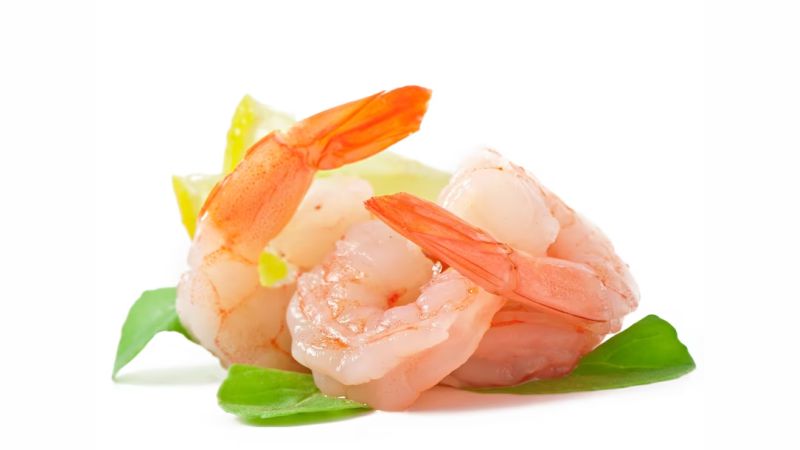- You have no items in your shopping cart
- Continue Shopping



Shrimp and prawns have plenty of similarities, but they’re not the same animal. Here’s how to spot which one you’re eating.
When it comes to cooking and eating shellfish, shrimp and prawns are probably the most common choices. For the home cook, they are easy to source, and can be purchased fresh or frozen, in raw or cooked form, and even peeled or shell-on. They come in sizes from tiny little bay shrimp where a dozen can fit on a spoon, to giant tiger prawns that come in at as much as half a pound each or more. On menus and in conversation, the designation of shrimp and prawn are often colloquially used interchangeably, and it is easy to see why. They look and taste so alike that they are practically indistinguishable. But actually, shrimp and prawns are two different animals, and while equally delicious and very similar, there are some differences that keep them distinct. So how to tell them apart?


Legs and claws
Both shrimp and prawns are ten-legged creatures. But their legs are a little bit different from each other. Shrimp have one pair of legs that include claws at the end, but prawns have three pairs with claws. Prawns also tend to have legs that are a bit longer in relation to the size of the body than shrimp of similar size.
Saltwater or freshwater
While you can find both shrimp and prawns in both salt and freshwater, when it comes to the culinary crustaceans you are likely to be buying at your fishmonger or ordering at your favorite seafood restaurant, the majority of the shrimp you are buying will be from saltwater, and the majority of the prawns will be from freshwater sources.
Prawns are bigger, but shrimp win on variety
The top five largest in the prawn/shrimp category are all prawns, with the largest shrimp, the Pacific White Shrimp clocking in at number six. So when it comes to making a statement on the plate, prawns are the way to go. But when it comes to the edible versions that you are likely to find available, you’ll have a lot more choices in size when you buy shrimp. Your local markets will often have sizes of shrimp that range from 40-50 to the pound all the way up to jumbos that might be only 6-8 to the pound. So when it comes to cooking, depending on your recipe, you’ll have a lot more variety if you source shrimp.
Some other anatomical differences
A lot of the differences between the two species involve their biology. Shrimp bodies are encased in a sort of accordion shell, with a membrane between the segments, which makes them super flexible and bendy. Prawns have a shell where each segment overlaps the one below it, giving them a stiffer body and less movement. Shrimp carry their eggs on their abdomen after fertilization, but prawns release their eggs into the water for a more free-range style of parenting.
But can you substitute shrimp for prawns and vice-versa?
Luckily for all of us, in all important ways, prawn and shrimp are essentially identical. In taste, texture, how they behave in recipes, and in all nutritional aspects, you can use them interchangeably without noticing. This is a good thing when cooking at home, since often shrimp will be priced slightly lower than prawns, so you can choose the option that is best for your budget regardless of what is specified in your recipe. They also will affect folks with allergies the same, so exercise the same amount of caution when a seafood or shellfish allergy is an issue.
(Courtesy: foodandwine dot com)


